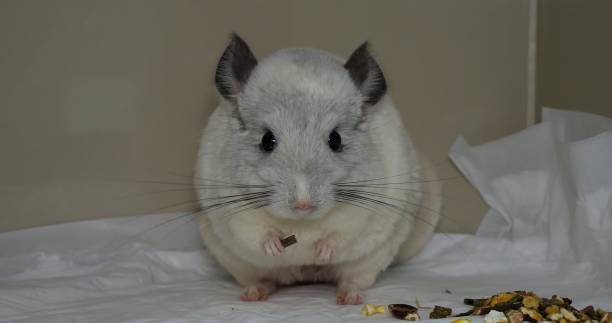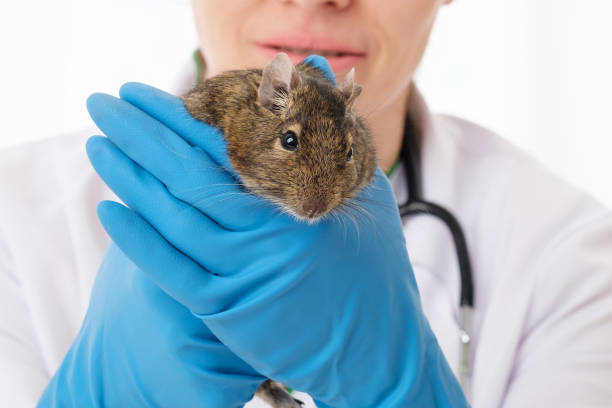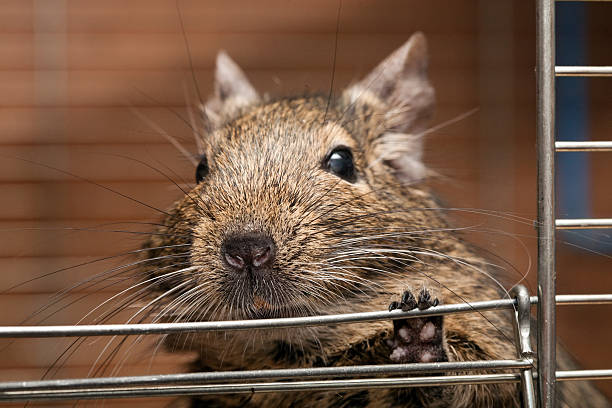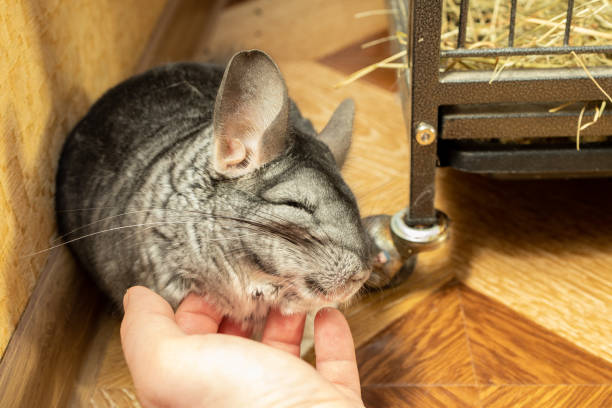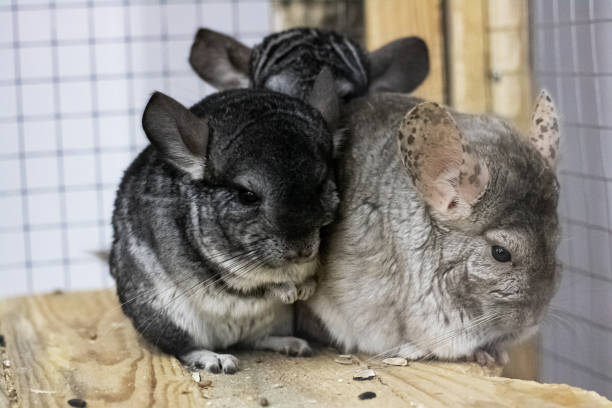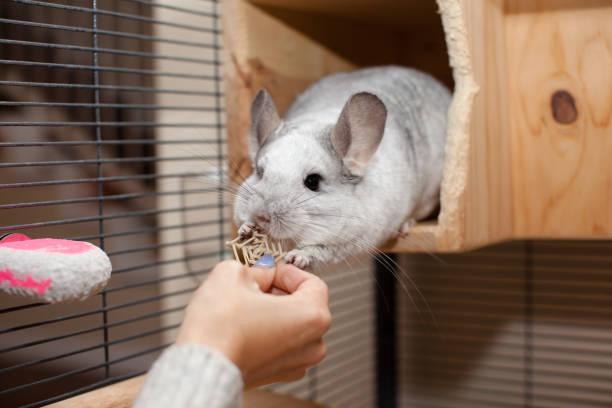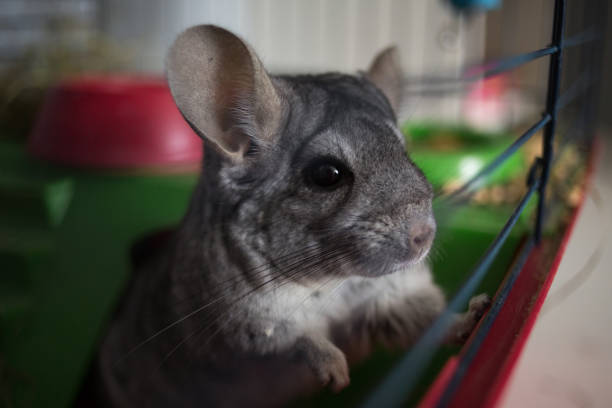Chinchilla Poop: What Healthy Droppings Look Like
This post contains affiliate links. This means I will make a commission at no extra cost to you should you click through and make a purchase. Read the full disclosure here.Let’s be honest—chinchilla poop may not be your favorite part of pet ownership, but it’s one of the most important indicators of their health. These tiny pellets can tell you if your chin is eating right, feeling stressed, dehydrated, or even facing a serious illness.
Whether you’re a first-time owner or an experienced chin-parent, knowing what’s normal, what’s not, and how to read the signs in your chin’s droppings is essential.
This step-by-step guide breaks it all down—shape, size, color, frequency, and even the rare but strange behaviors surrounding poop (yes, they do sometimes eat it—on purpose).
Step-by-Step Guide: Understanding Chinchilla Poop—From Normal Patterns to Warning Signs
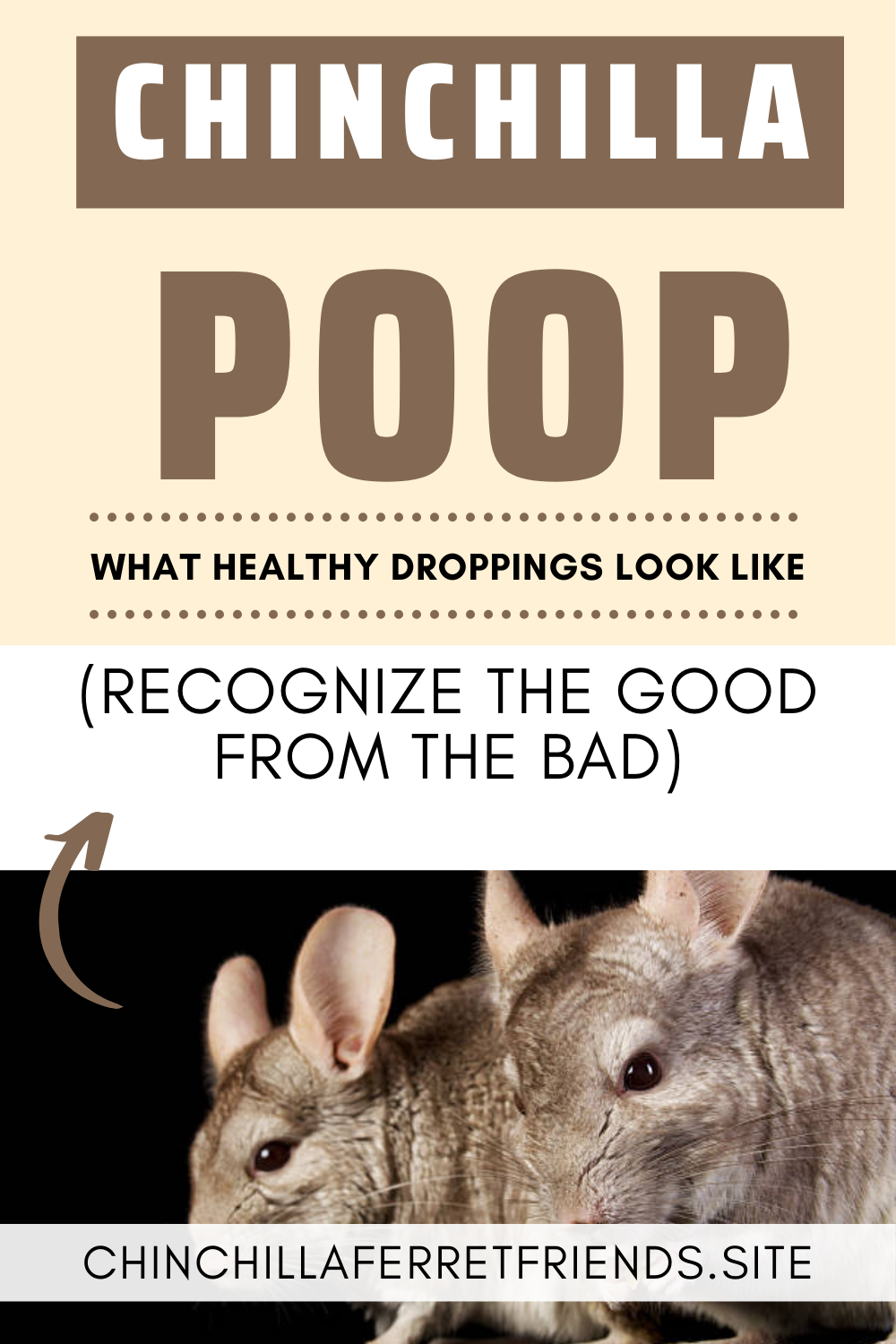
Step 1: What Does Normal Chinchilla Poop Look Like?
Healthy chinchilla droppings are:
- Small, dry pellets—shaped like cylinders or tiny bullets
- Consistent in size (about a grain of rice)
- Medium to dark brown in color
- Odorless (or close to it)
- Not sticky, squishy, or wet
✅ Pro Tip: You’ll often see droppings scattered throughout their cage—and that’s a good sign. A consistent amount of poop means their digestive system is running smoothly.
Step 2: How Often Should a Chinchilla Poop?
A LOT. Chinchillas are high-fiber grazers, and their guts are constantly in motion. Most healthy chins will produce:
- 200–300 pellets per day
- Sometimes more, especially when active or excited
If you think your chinchilla poops more than you expected—it’s not weird. It’s just how they’re built.
Step 3: What Does Abnormal Poop Look Like?
Here’s what abnormal poop may look like—and what it might mean:
| Poop Appearance | Possible Cause |
|---|---|
| Soft, mushy, or wet | Too many treats, fruit, or stress |
| Clumped together pellets | Mild dehydration or fiber imbalance |
| Tiny, dry, crumbly pellets | Dehydration or not enough hay |
| Very large pellets | Bowel irritation or diet inconsistency |
| Black, tar-like poop | Internal bleeding or serious GI issue |
| No poop at all | GI stasis, bloat—urgent! |
⚠️ Note: Sudden changes in droppings—especially if combined with appetite loss or lethargy—require immediate vet attention.
Step 4: Why Do Chinchillas Sometimes Eat Their Poop?
This surprises a lot of owners—but yes, chinchillas may re-ingest certain types of poop. It’s called caecotrophy, and it’s totally natural.
Here’s why:
- Chinchillas (like rabbits) produce caecal pellets, which are soft and nutrient-rich
- They eat them directly from their anus to absorb essential B vitamins and nutrients made by gut bacteria
- You usually won’t even see these pellets—they eat them immediately
So no need to worry—it’s actually a sign that their gut is functioning properly.
Step 5: Diet Is the #1 Factor in Poop Health
You are what you eat—and for chinchillas, the same goes for poop.
To keep those pellets perfect:
- Unlimited timothy hay (the #1 food for gut health)
- High-quality pellets (no added fruit, seeds, or dyes)
- Occasional healthy treats (like dried rose hips or plain oats)
- Avoid: Fruits, sugary snacks, seeds, nuts, and excessive fresh veggies
💧 Also: Always provide clean, fresh water. Dehydration can quickly change the consistency and volume of poop.
Step 6: What to Do If Poop Patterns Change
If you notice changes, act early. Here’s a quick plan:
- Remove treats and go back to plain hay + pellets
- Monitor poop quantity, size, and consistency over 12–24 hours
- Ensure water is available and clean
- Encourage activity and reduce stress
- If the issue continues or worsens, contact an exotic vet
Chinchillas can decline quickly if digestive issues go unaddressed. It’s better to be overly cautious than late.
Step 7: Keep Their Environment Poop-Friendly (and Clean)
Let’s face it—chinchillas poop constantly, and it will get everywhere. Make cleanup and health checks easier by:
- Using fleece liners for easy spotting and washing
- Doing daily spot-cleaning and weekly deep cleans
- Monitoring poop output during out-of-cage playtime
- Keeping play areas lined with a washable mat
- Checking for poop in their fur (yes, it can stick sometimes!)
💡 Fun fact: The amount of poop during out-of-cage time can be a good sign of how relaxed and healthy they are.
Final Thoughts
Chinchilla poop is more than just a daily mess—it’s a window into their health. By learning what’s normal, spotting red flags early, and maintaining a clean environment, you’ll keep your chinchilla happy and their digestive system running like clockwork.
Sure, it may feel like you’re constantly cleaning up little pellets—but with a little knowledge and routine, you’ll become a poop-detective pro in no time.

